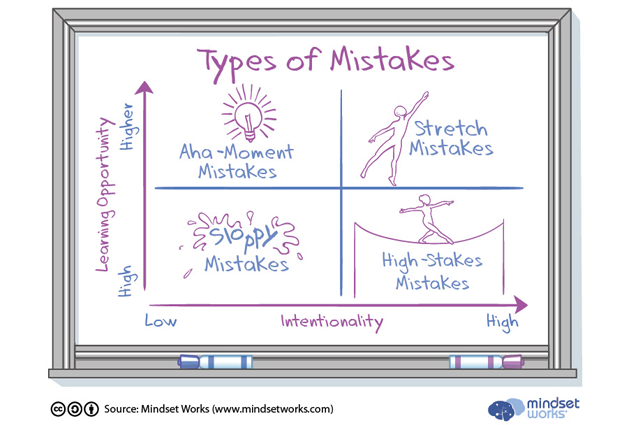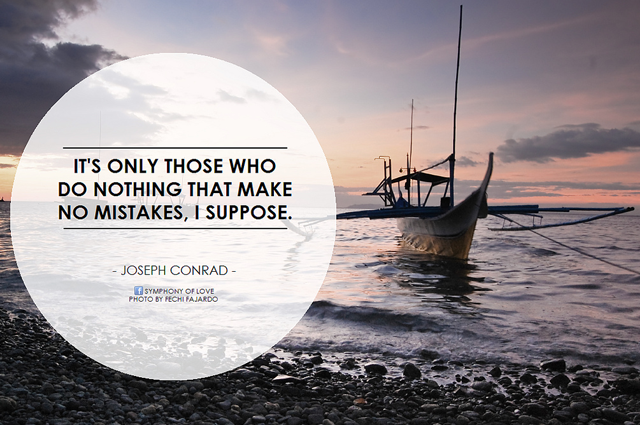We often toggle between the two ends of the fixed-to-growth mindset spectrum. Despite where we fall on the spectrum, one thing we each have the power to do is move into a growth mindset zone. Training your mindset to move into the growth mindset space can change your life.
What is a Growth Mindset?
A growth mindset is the belief that a person can develop skills and abilities through practice and perseverance (e.g. studying, setting goals, hard work, and accepting constructive feedback). The belief that one can grow can spark one’s desire to grow, which subsequently drives motivation and produces results. In truth, our belief about our ability to change and willingness to do so is the key to building our growth mindset muscle. Our willingness allows us to unlock learning and unlock our potential through our actions.
On the contrary, when you are in a fixed mindset, you perceive your skills as innate and abilities as unchangeable. Imagine that you performed poorly on a math test and you don’t believe you can get better at long division. If you don’t believe you can improve, you wouldn’t be motivated at all to try to improve. On the other hand, if you approached this with a growth mindset, you would believe that your skills and abilities are malleable, and you would probably work towards your goals and develop your long division skills by putting in the work.
Transferrable Growth Mindset Lessons
As you start believing that you can adapt and grow as you learn, you’ll be motivated and able to put more effort into all manners of life, thus making a growth mindset essential to lifelong learning.
When we are in a growth mindset, we’re able to do the following:
- Look forward to challenges, even when they’re intimidating
- Work towards your goal, no matter how many times it takes
- Persist through mistakes and failures, despite how hard it may be
Best Practices for Moving into Growth Mindset
1. Set Clear Goals
Failing to set goals can lead to delays and set you off track from the end result you are working toward. It’s important to set SMART goals, so that you can keep yourself on track for what lies ahead in your learning journey. The acronym SMART stands for specific, measurable, attainable, relevant, and time-based.
2. Focus on Effort and Deliberate Practice
Put in high-quality effort toward your goals. Be intentional, work hard, let motivation fuel your fire, and don’t settle for half-hearted efforts. Deliberately focus on your own learning and growth.
3. Persist Through Mistakes and Failure
Mistakes are inevitable and failure is often unavoidable. It is important that when you fail, you get back up again. However, it’s not just a matter of resilience; you must adapt to not to repeat the same mistakes. Learn from those mistakes and try again. This is persistence in a nutshell.
4. Learn from Other People’s Mistakes
In addition to learning from your own mistakes, you can look to others’ successes as inspiration. Successful people have persevered through mistakes and failure on their journey to achieving their goals. Who better to model mistakes than those who’ve overcome them? Though we can learn a great deal from these people, there’s no need to compare yourself to them.
“Don't compare your beginning to someone else's middle, or your middle to someone else's end.” ― Tim Hiller, Strive: Life is Short, Pursue What Matters
5. Reflect Often
Self-reflection is essential to learning, because it lets you ask yourself questions, think deeply about your processes, and reevaluate your strategies. Self-reflection uncovers lessons we can only learn retrospectively and can lead to new positive insights.
Give Growth Mindset a Try
First and foremost, invest in the belief that you have the capacity to change, grow, and develop in whatever you set your mind to. Accept that failure is part of the road to success. Remember that you have the power to push through failure, exert effort, deliberately practice, and learn from your mistakes, as well as those who have already made those same mistakes.
Here are two successful people who found success, despite failing repeatedly:
- Seuss’s book To Think That I Saw It on Mulberry Street didn’t see the light of day until 27 publishers later.
- Thomas Edison famously said: “If I find 10,000 ways something won’t work. I haven’t failed. I’m not discouraged, because every wrong attempt discarded is another step forward.”
What can you learn from their experiences? What can you glean about what it felt like to fail time and time again but have the tenacity to persevere and succeed?
In a growth mindset, it’s okay to fail. Not only is it okay, it’s encouraged. Only though failure are we able to learn and grow because we can differentiate between what works and what doesn’t.
As we move through life reaching for our goals and learning through our experiences along the way, having a growth mindset lens can benefit the way we think, act, and learn. Through a growth mindset, we can achieve many great things. In the words of Carol Dweck, “A person's true potential is unknown (and unknowable).”
Author Bio
Catherine Meisner writes for Research paper writing service and Gumessays.com. As an article writer, she writes about social media marketing, as well as topics related to health, food, and beauty. In her spare time, she goes to the gym and visits new places.







